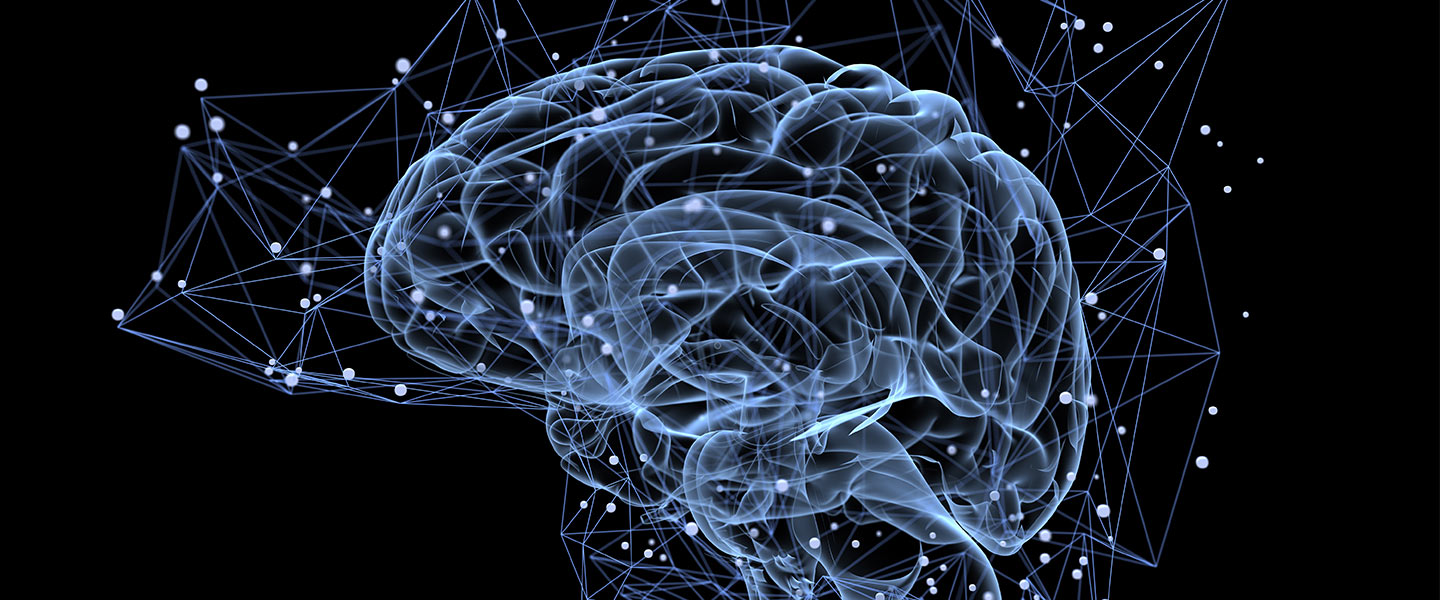New Technique Lets Researchers Watch Human Brain Circuits Begin to Wire-Up
New Technique Lets Researchers Watch Human Brain Circuits Begin to Wire-Up

Scientists have devised a new system that lets them watch human neurons grown in the lab find and form connections with their signaling partners, an essential process in developing human brains. The processing of “wiring up” is thought to go awry in a number of serious disorders, including autism, epilepsy and schizophrenia – but it’s hard to study.
The new technique, published May 4 in Nature, focused on the connections formed by cells called interneurons. These neurons are key components of circuits in the brain’s cerebral cortex. They spend months growing and migrating to their destinations during fetal development, and in the cortex play an indispensable inhibitory, or “braking,” role in communication between neurons.
To make it possible to watch interneurons migrate and begin to wire up with other cells, researchers led by Sergiu P. Pasca, M.D., a 2012 Young Investigator and currently a 2017 Independent Investigator at Stanford University, developed a system to recreate those processes in a lab dish. Dr. Pasca and his team, including Joachim F. Hallmayer, M.D., a 1991 Young Investigator also at Stanford, first reprogrammed human skin cells to grow into tiny balls of tissue, or brain spheroids, made up of specific types of neurons. They grew spheroids of interneurons and spheroids of the excitatory neurons to which interneurons connect in the brain.
They then fused the two types of spheroids together and watched the cells interact. The interneurons migrated toward cells in the other spheroid, then changed their shape and began forming connections with the excitatory cells.
In an experiment in which the neuron spheroids were derived from cells donated by patients with Timothy syndrome, a genetic form of autism and epilepsy, interneurons did not migrate normally toward the excitatory cells. The cells did migrate properly, however, when they were treated with a drug that blocks a receptor located on the surface of neurons that channels calcium atoms. Overactivity of these channels is associated with Timothy syndrome. The brain-region specific spheroid system will be a useful model for studying such developmental abnormalities and their role in psychiatric disorders, the scientists say, and to build other brain circuits in a dish.



